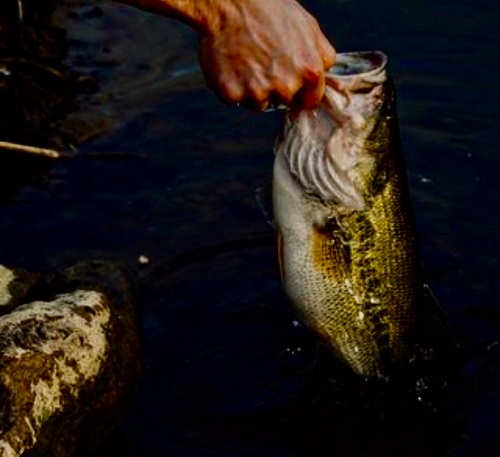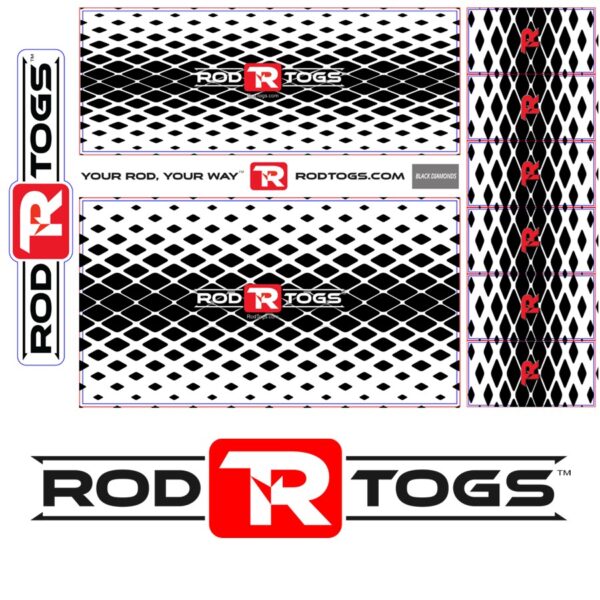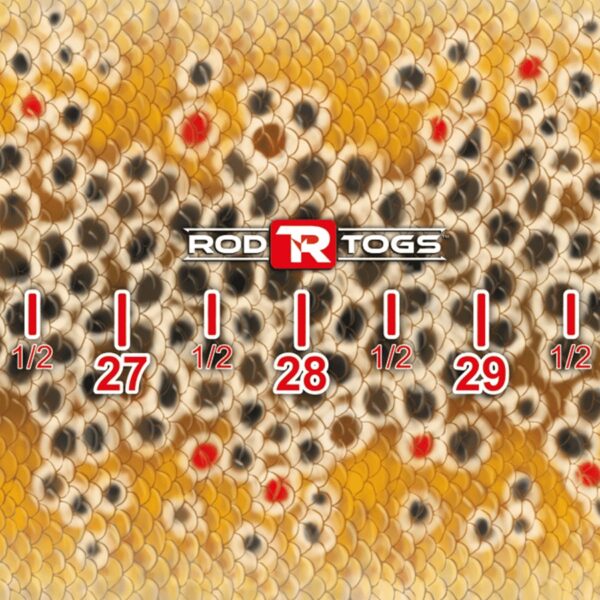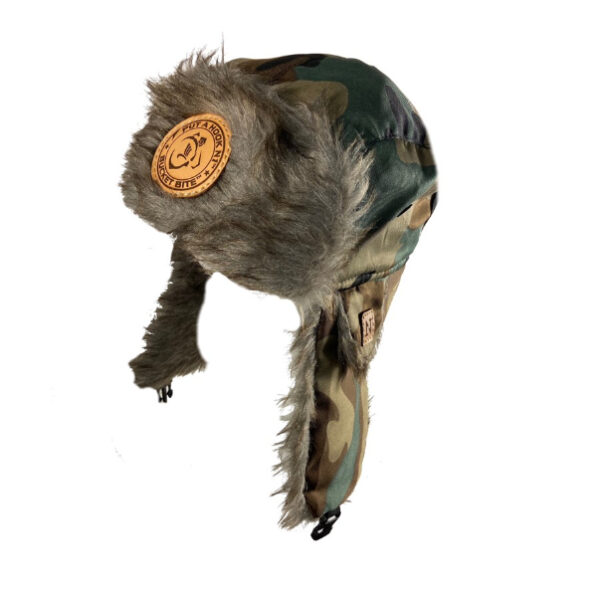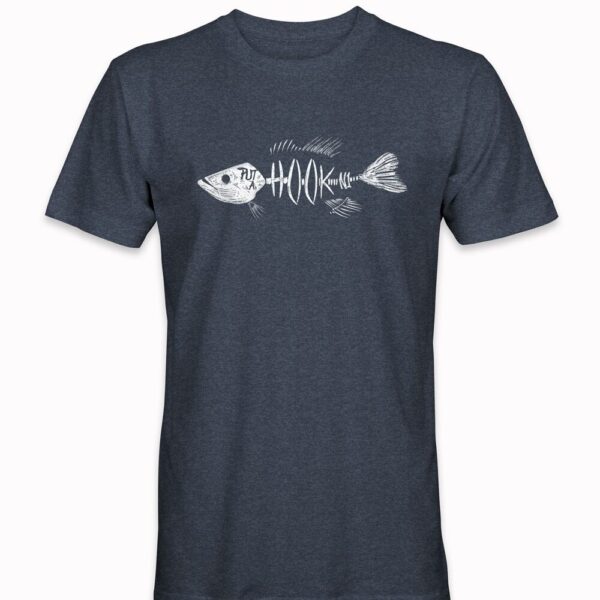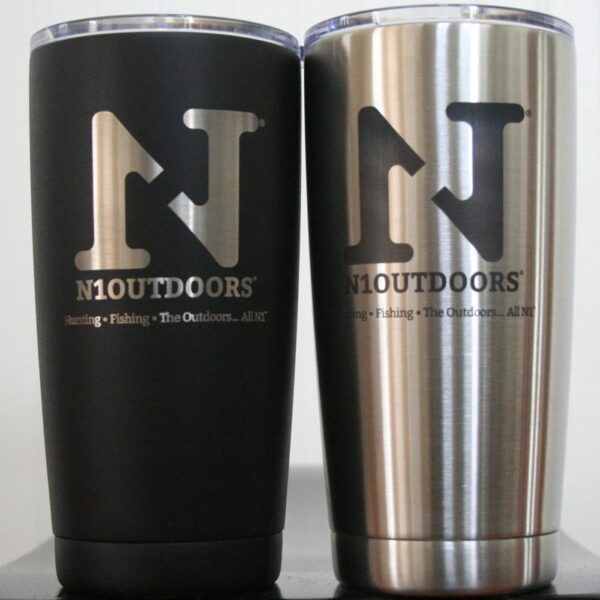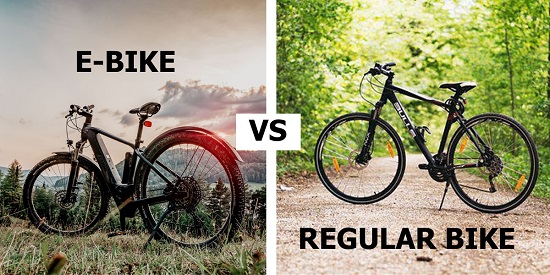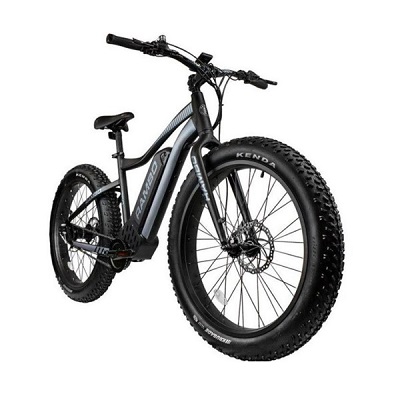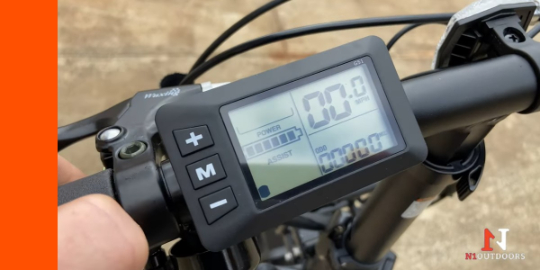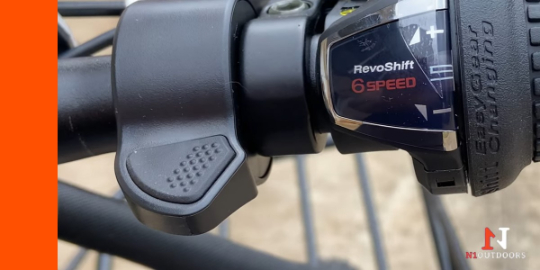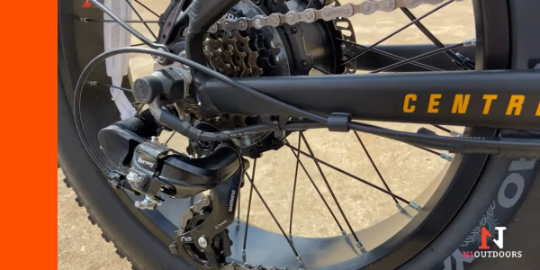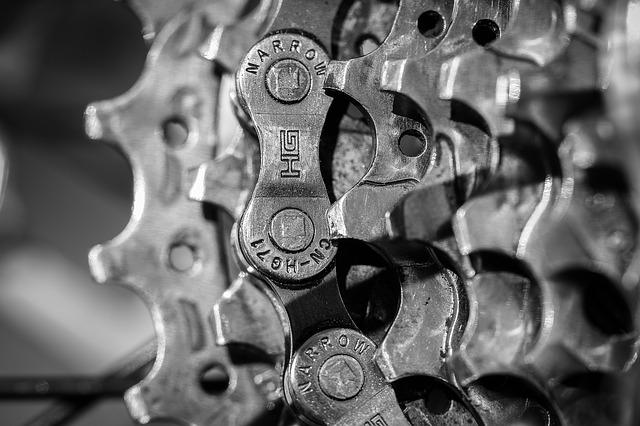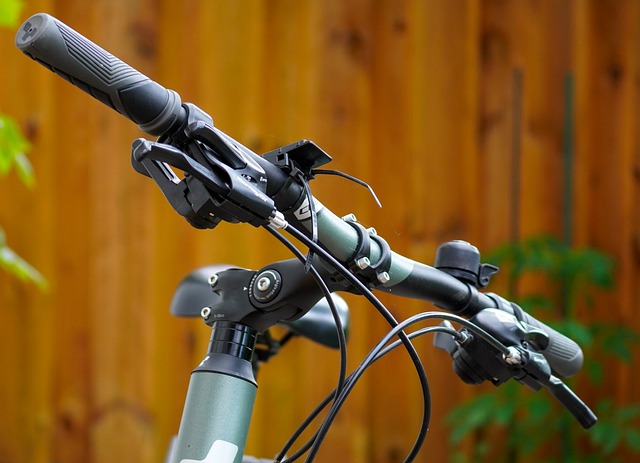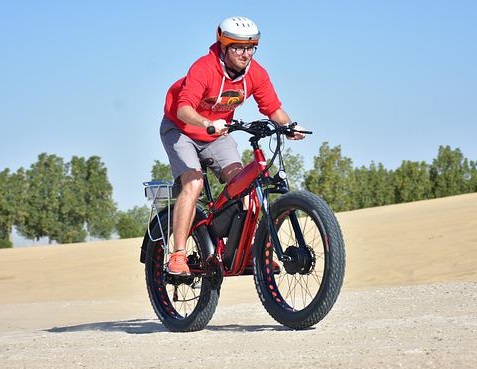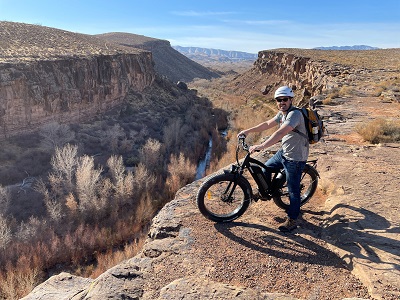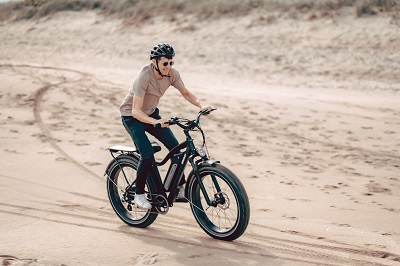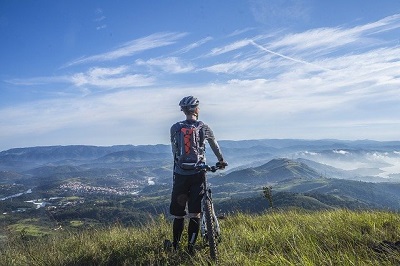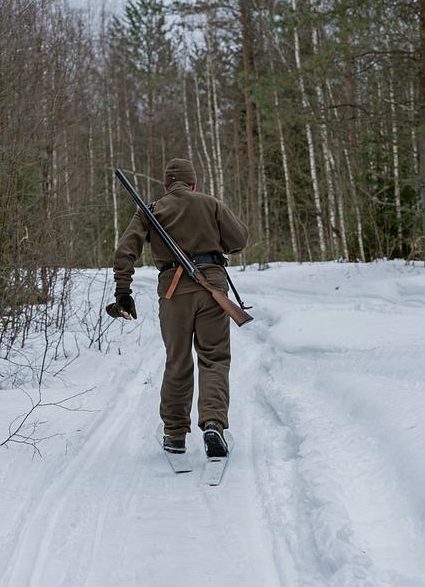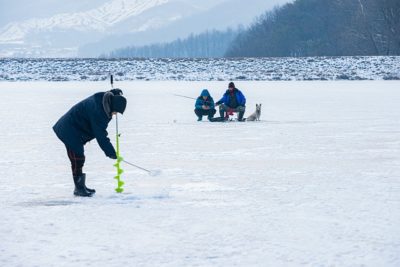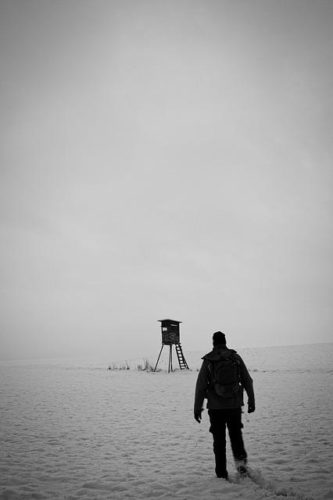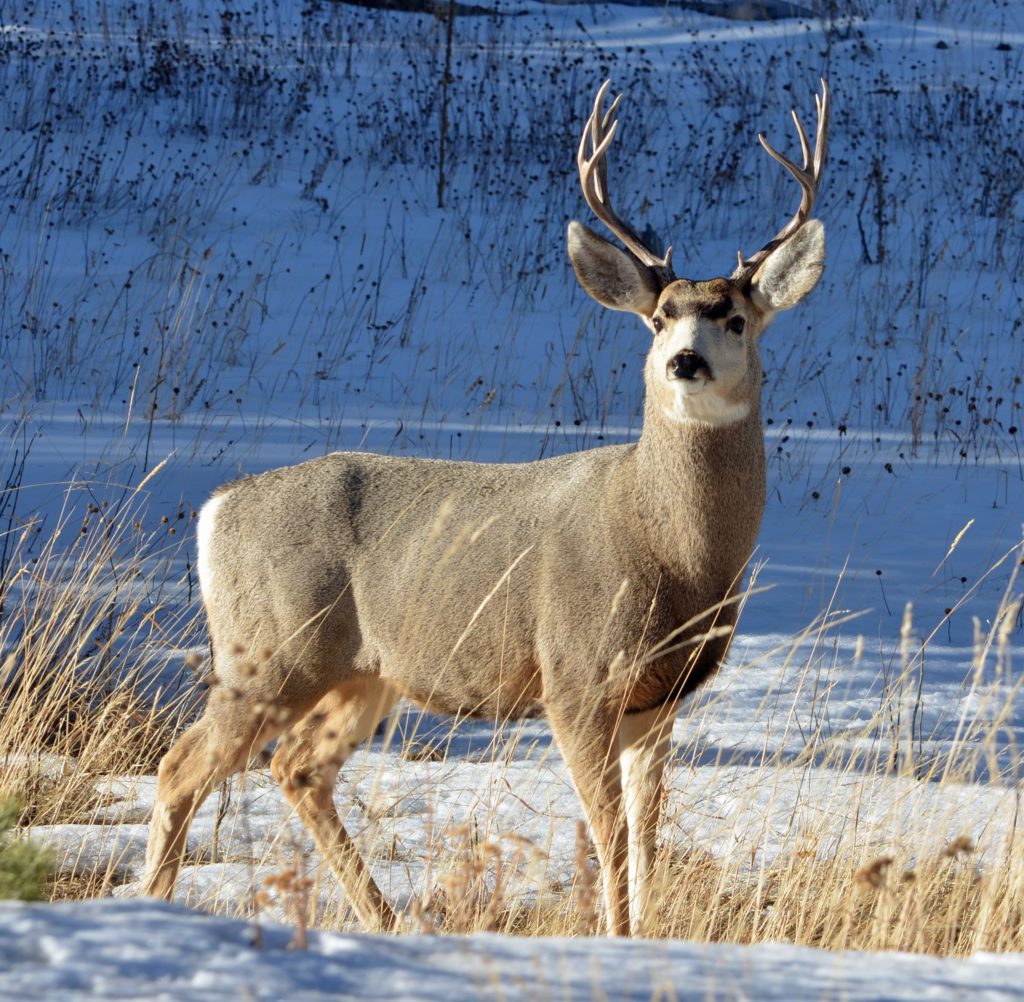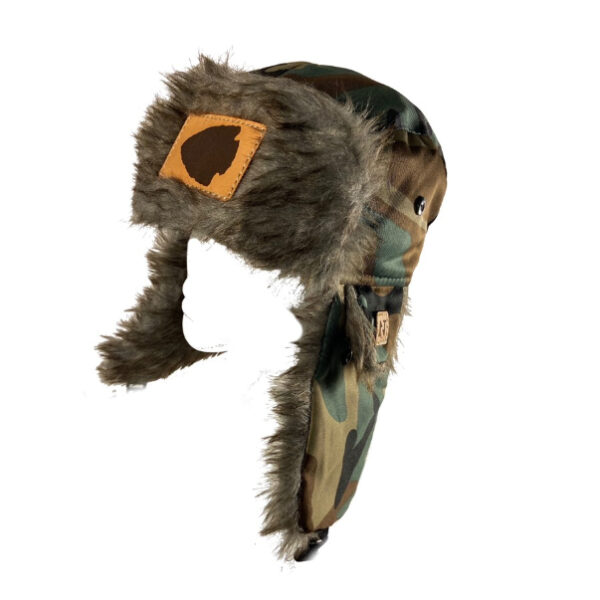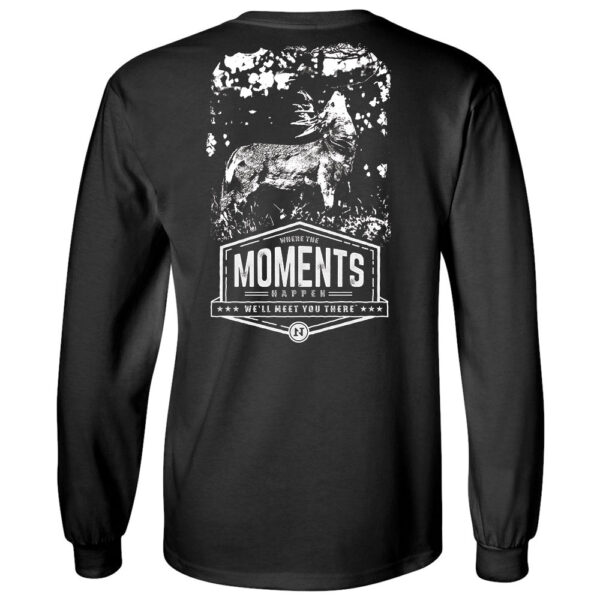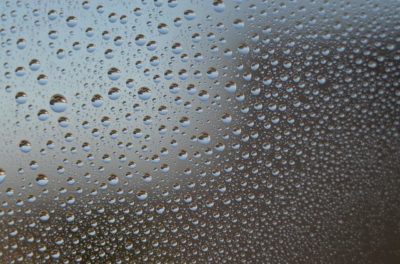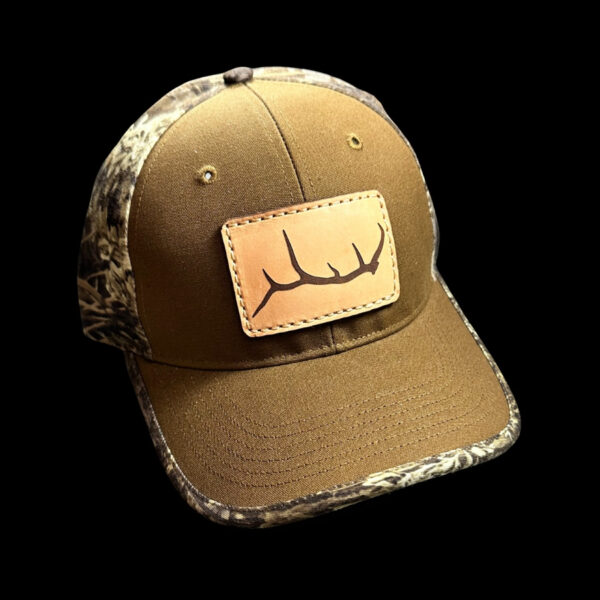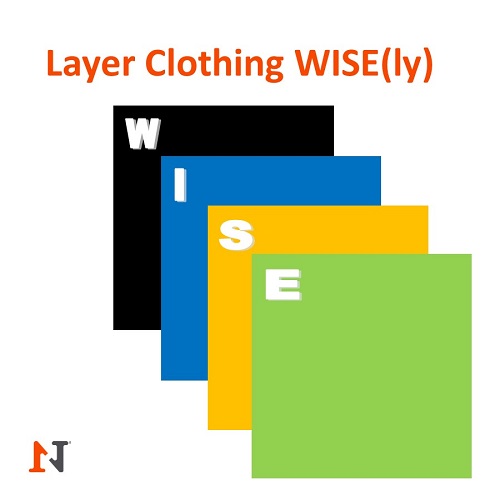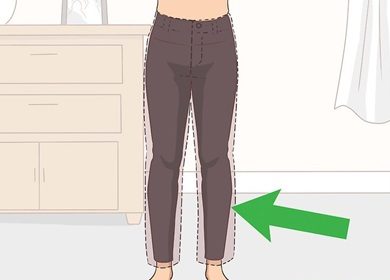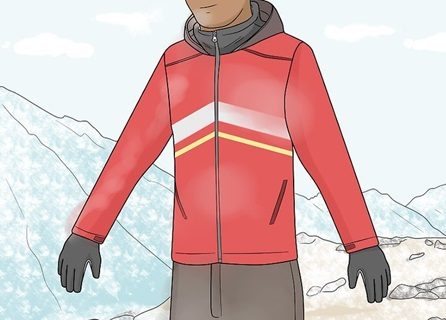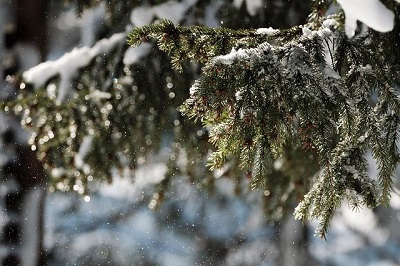When it comes to fishing, the tug on the other end of that line can be a rush like no other.
It’s also a great way to find some much-needed solitude.
But, maybe you want to take the challenge of fishing to a whole new level and of solitude?
Well, then there’s night fishing.
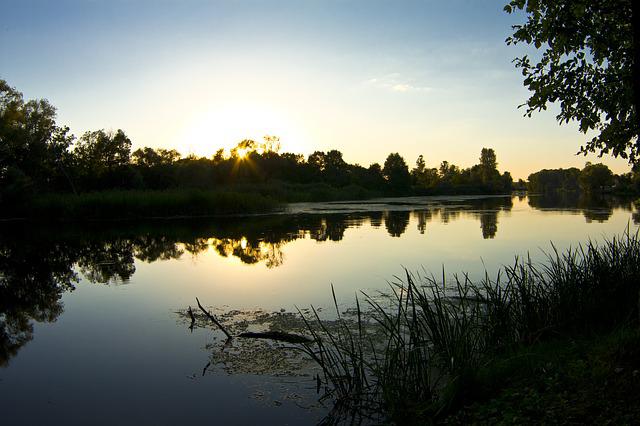
Looking for a new challenge to bass fishing? The sun going down doesn’t have to be the end of the bass fishing…. How about trying fishing for them at night!
Night fishing can be a great way to get away from the crowds and find and even more peaceful setting than daytime fishing offers.
And, what better freshwater species to night fish for than America’s most popular freshwater species… bass!
Night fishing for bass can be difficult for inexperienced and beginner anglers. Let’s cover several tips to help you make the most of your night fishing trips for bass.
Bring The Right Equipment
Bass can be a challenging fish to catch, and especially at night. That’s why it’s so important to make sure you bring the right fishing tools when you head out for a night fishing trip.
Get a good-quality fishing rod and reel. Bass are known for being strong fighters, so you’ll need a rod to handle their weight and power.
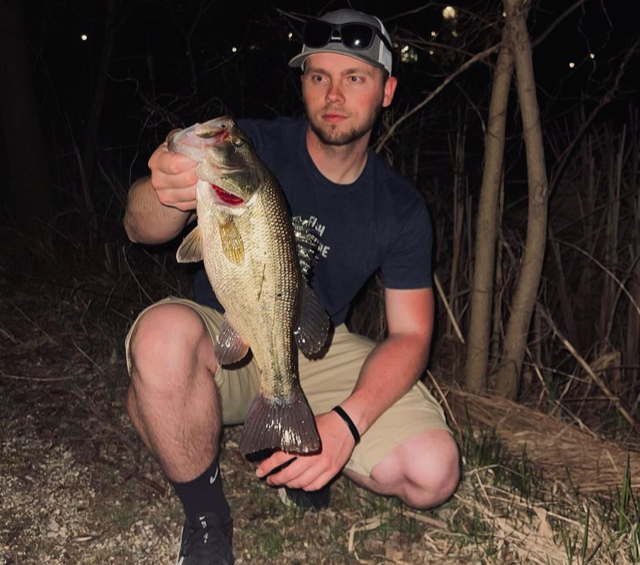
Whether day or night, you want to land the fish! Having a smooth drag on your bass fishing rod is helpful in avoiding line breaks from things you may not be able to see as well when casting/reeling. (photo credit: Blake Jackson)
Since you’ll be fishing in low light conditions, you’ll want a reel with a smooth drag system to avoid any line breaks.
A baitcasting reel can be a good option for night fishing, as it will give you more accuracy when casting. Spinning reels can also be used, but your casting accuracy may be decreased.
-
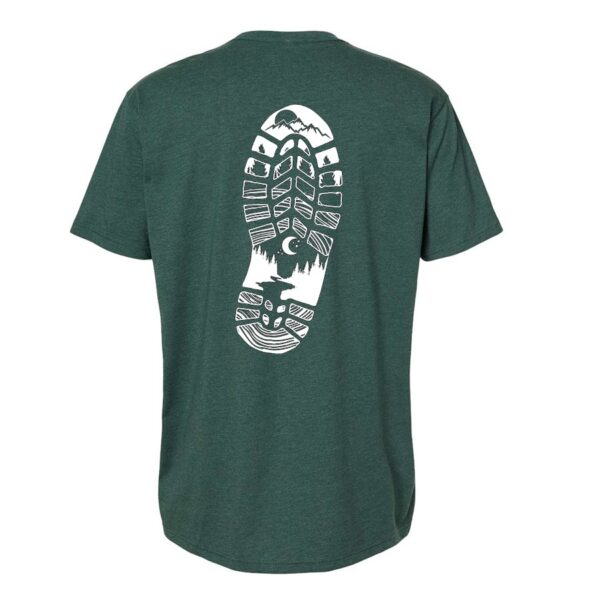
N1 Outdoors® “Outdoor Npressions™” Boot Print Tee
Price range: $24.99 through $28.99 Select options This product has multiple variants. The options may be chosen on the product page -
Sale!
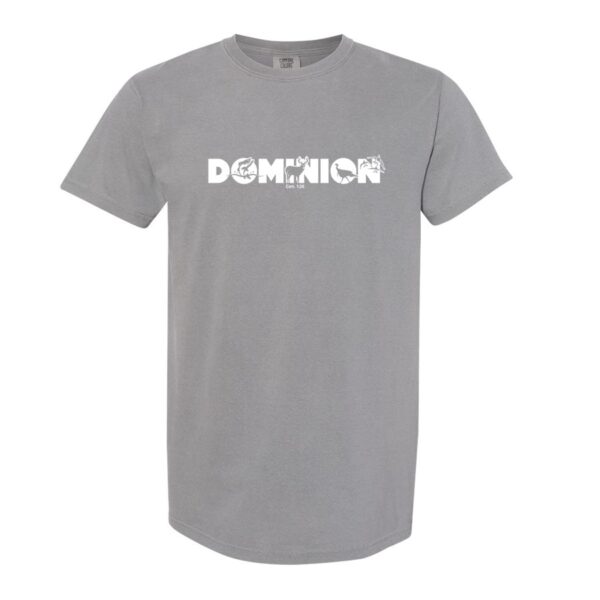
N1 Outdoors® Dominion™ Tee
$19.99 Select options This product has multiple variants. The options may be chosen on the product page -
Sale!
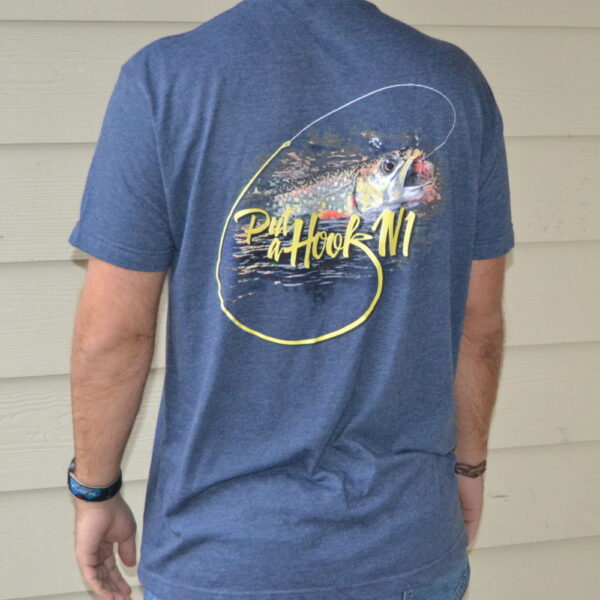
N1 Outdoors® Put A Hook N1™ Trout Short-Sleeve Tee
$5.00 Select options This product has multiple variants. The options may be chosen on the product page
It may seem obvious, but lighting is a must for doing bass night fighting. For starters, a high-quality rechargeable flashlight is essential for seeing your lure and line and spotting any fish that may be lurking in the shadows. Another good lighting option is a headlamp as it frees up your hands and allows you to move around more easily.
There are a few other helpful tools you can take on your night fishing adventure. A pair of pliers or sharp utility knives is another must-have, as they come in handy for removing hooks from fish mouths and cutting lines.
Pick An Optimal Fishing Spot
There’s nothing quite like the thrill of reeling in a big one under the stars. However, finding the right spot to fish at night can also be challenging. Here are a few tips to help you choose an optimal fishing spot when night fishing for bass:
- Look for areas with lots of structure, such as docks, piers, and submerged logs or rocks. Bass love to hide in these areas.
- Scout for areas with plenty of baitfish. Bass are predators, so they’ll be inclined to spend time in areas where there’s plenty of food.
- Avoid locations with high boat traffic, as the noise can scare fish away.
- In windy conditions, bass may chase baitfish into calmer, protected areas. However always use extreme caution if fishing in windy conditions from a boat, especially in the dark. If there are high winds, it may be best to stay home.
Choose The Right Light
Suppose you want to increase your chances of success when night fishing for bass. It’s essential to pick the appropriate light device. Many anglers use a powerful spotlight to illuminate the water, but this can have a negative effect on your catch rate. The bright light can scare off fish, making it difficult to see your line.
A better option is to use a dim red light. This will allow you to see just enough to keep track of your line without disturbing the fish.
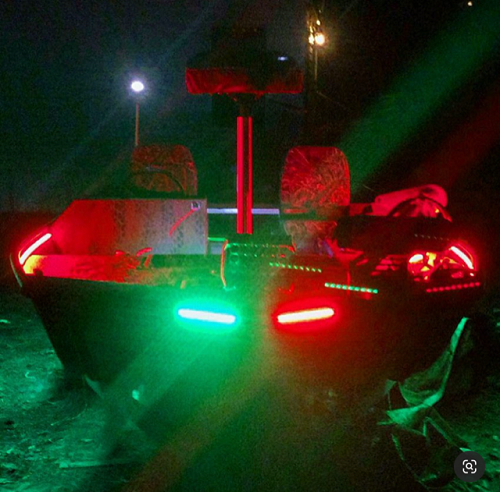
Night fishing LED lights can help your line/lure glow (photo credit: Bill Walker)
You can also try using a black lights or night fishing LEDs for your boat, which will cause your lure as well as monofilament line to glow in the dark, helping you attract fish without a bright light.
Whichever light you choose, make sure you keep it on a low illumination setting, so as not to scare away the fish.
Fish Under The “Right” Weather Conditions
Night fishing for bass can be incredibly productive if the conditions are right.
Fish are notoriously sensitive to changes in barometric pressure. They tend to bite best when the pressure is falling. So, just before a front moves through can really get the fish feeding.
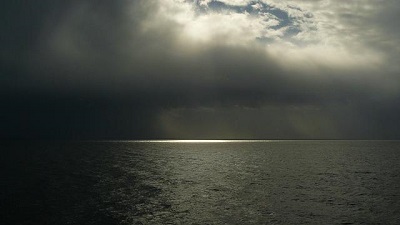
A falling barometer often puts fish into feeding mode. So, the “right” weather for your night fishing trip could be right before a front moves in.
Stable barometric pressure can also produce good results, while high barometric pressure is less desirable.
High winds can create waves that make it challenging to keep your boat stable. Low light/darkness compounds the risk. So, if there are high winds, consider staying at home.
Use The Correct Kind Of Lure
When it comes to night fishing for bass, it’s essential to use the right kind of lure. Of course, live bait like shad are always a good option.
Artificial lures that mimic the appearance and movement of small fish or insects can be effective as well.
One type of lure that can be particularly effective for night fishing is a jigging spoon. Jigging spoons are designed for swimming in a jerky motion that imitates the movements of a wounded baitfish.
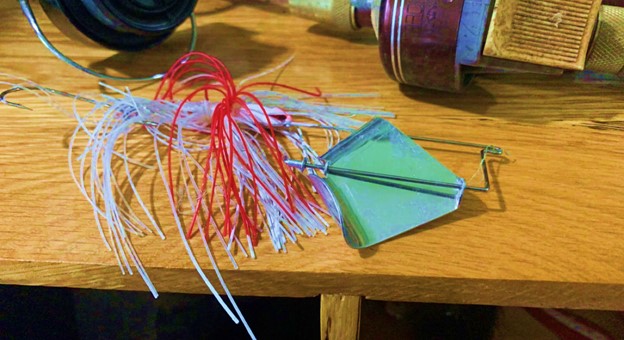
Buzz baits, large plastic worms and jigging spoons can all be good options to try when night fishing for bass.
Another good option is a swimming minnow lure, which can be worked similarly to create a lifelike presentation.
Darker lures can create a more defined outline against the light of a night sky. Also, lures with glitter or reflective material can be beneficial in giving a lure a life-like reflection from a moonlit sky.
Large plastic worms and buzz baits can also be a good choice for night fishing as well.
Stay Focused
With the darkness of the night adding another challenging component to bass fishing, it’s a must to always have a good head on your shoulders. So, avoid distractions and stay focused and safe from the minute the boat goes in the water until you get home.
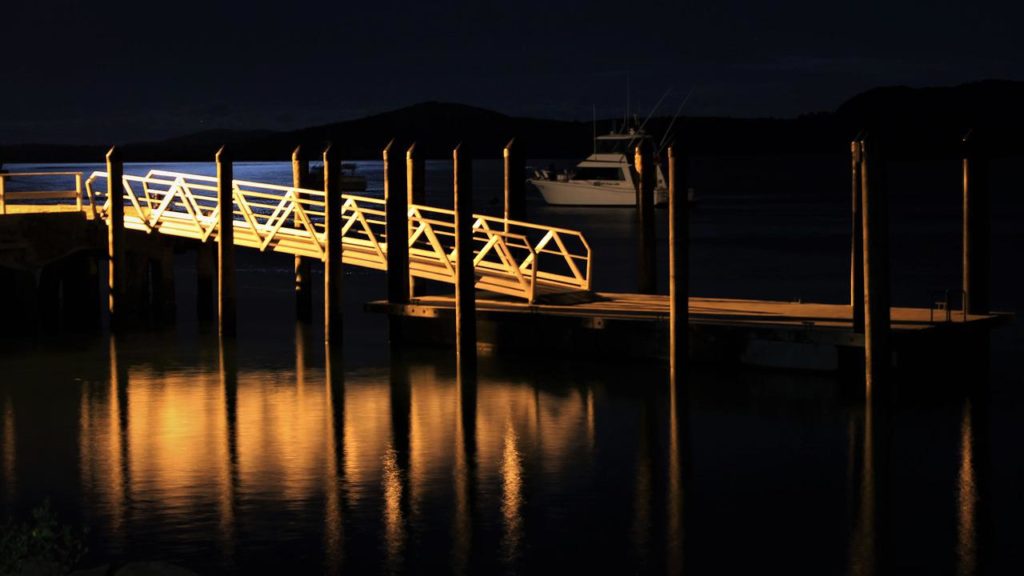
Darkness can create a whole new set of challenges when navigating the waters. Always stay focused!
Don’t let your mind wander while you’re waiting for that next bite. Keep a laser-target focus on your line to spot signs that a bass has taken bait/lure so you can put a hook N1!
Final Thoughts On Nighttime Bass Fishing
Night fishing for bass can be a great way to catch big bass. By following the tips above, you can increase your chances of success.
Fishing is also about learning, so be sure to check with anglers in your area to get any tips you can regarding fishing local waters. Advice from locals can be invaluable and save you tons of time figuring out what someone with experience in that area may be able to tell you.
We hope you put a hook N1!

